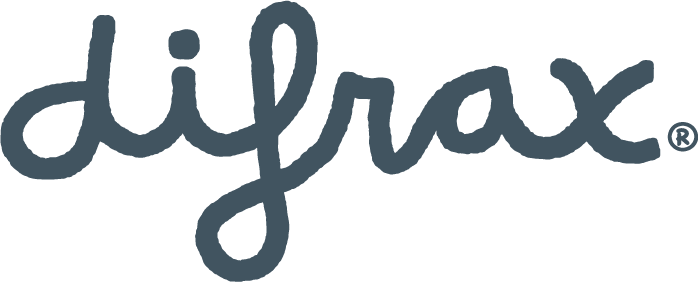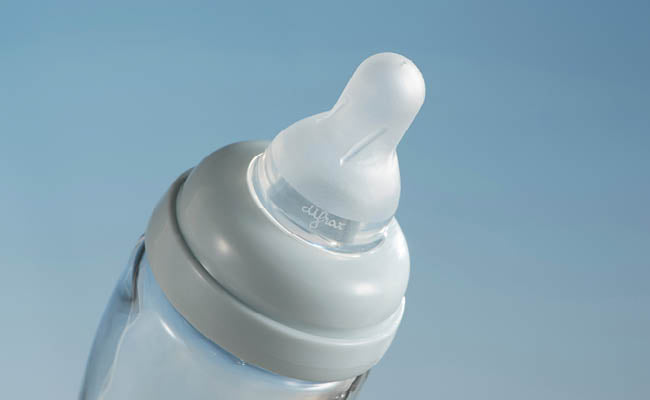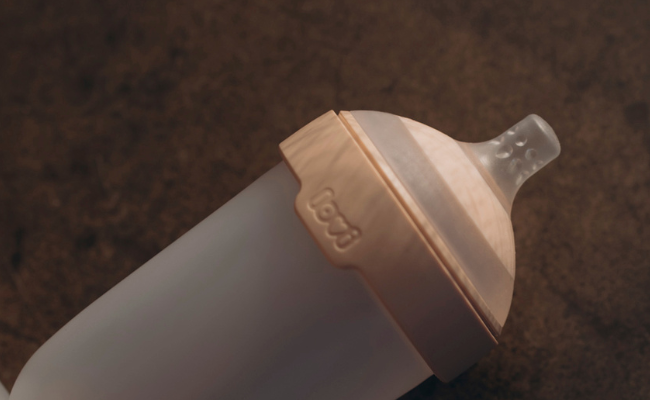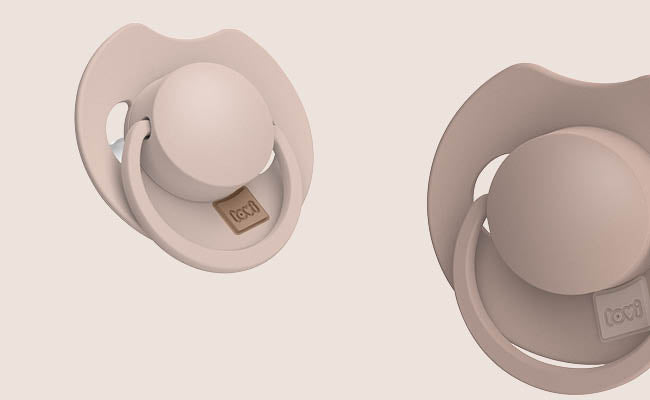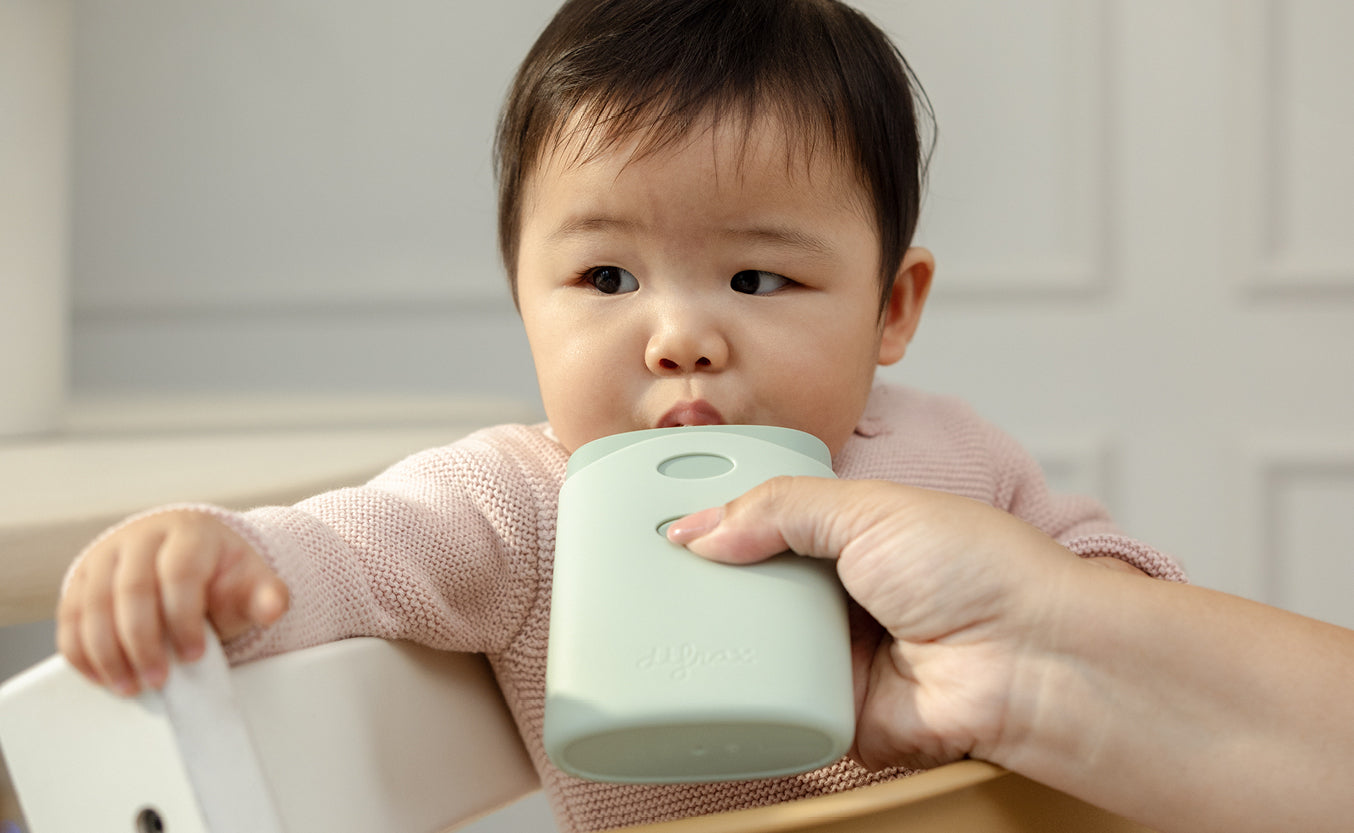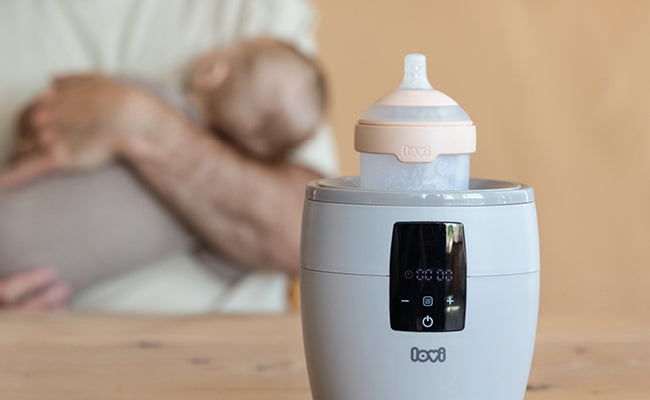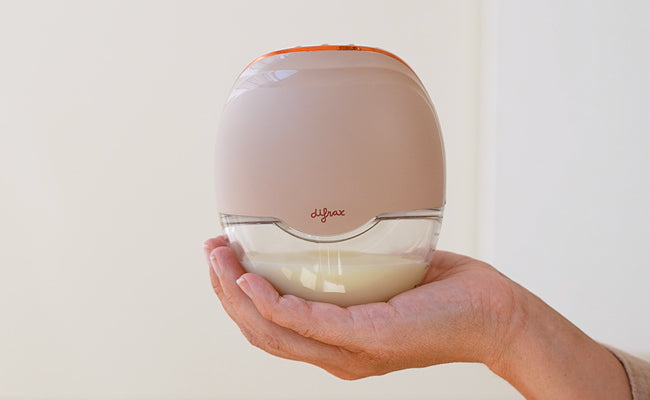Article: Learning to drink from an open cup
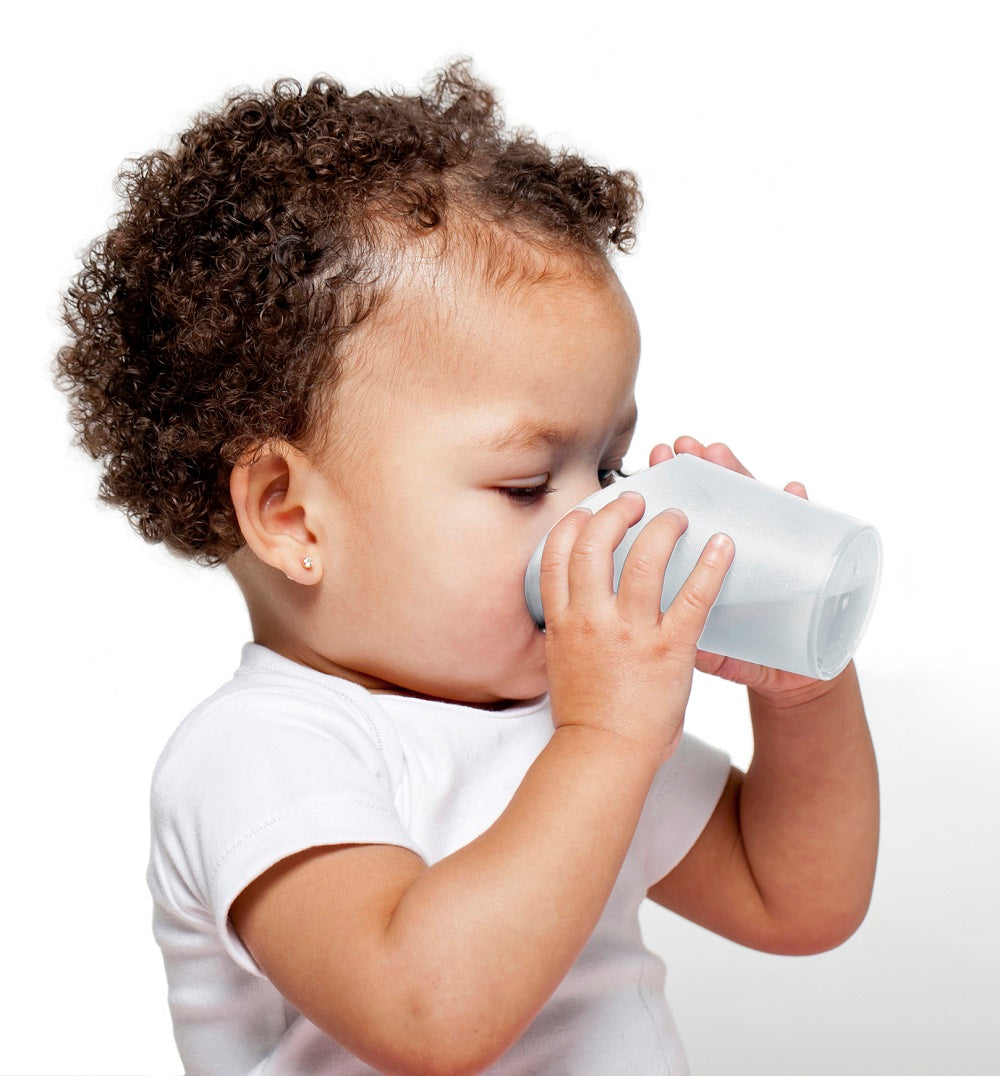
Learning to drink from an open cup
The Difrax toddler training cup
The Difrax training cup is the ideal intermediate step for a baby from drinking from a bottle or sippy cup to drinking from a normal cup. The training cup can also come in handy when a child refuses to drink from a bottle or sippy cup. Because drinking from an open cup requires a completely different drinking technique, this can sometimes work better.
The training cup is suitable for babies from 6-9 months; from this age children are usually physically able to hold an object independently.The training cup is extra narrow. This makes it easier for small hands to get into the cup to hold in its entirety.
It is not surprising if a child of this age still has trouble holding the cup himself. Then start practising again at a later time.
Ergonomic cup
The Difrax training cup has a nose recess, which allows parents to easily monitor and adjust when drinking. The nose recess also ensures that the baby does not have to bend his head back. This prevents neck strain. A horizontal position also makes swallowing more pleasant and there is less chance of choking. That makes the Difrax training cup a pleasant and ergonomic cup.

Drinking from a cup is better against tooth decay
Did you know that drinking from an open cup is better against tooth decay? When a baby out If you drink from a bottle or sippy cup, chances are they are taking small sips throughout the day.
Most drinks contain some form of sugar, including milk. Due to the frequent contact with the teeth, cavities can occur more easily. When a baby drinks from an open cup, it is usually drunk in one go. This reduces the chance tooth decay.
Practising with the Difrax training cup
Start with a small drink. It's so much easier to take sips than when the cup is full.
With an open cup, children sometimes find it difficult to properly dose thin drinks. They can therefore choke more easily. If you notice that the child suffers from this, then you could practice with thickened food as an intermediate step. For example, consider rice flour porridge.
In the beginning, young children will mainly suck and lick the edge of the cup. This is very normal and also part of practising. There will also be a lot of mess in the beginning. It can therefore be useful to give children the cup first in the shower or bath. They can practice there and mess is not a problem. The Difrax training cup is specifically recommended by speech therapists.
